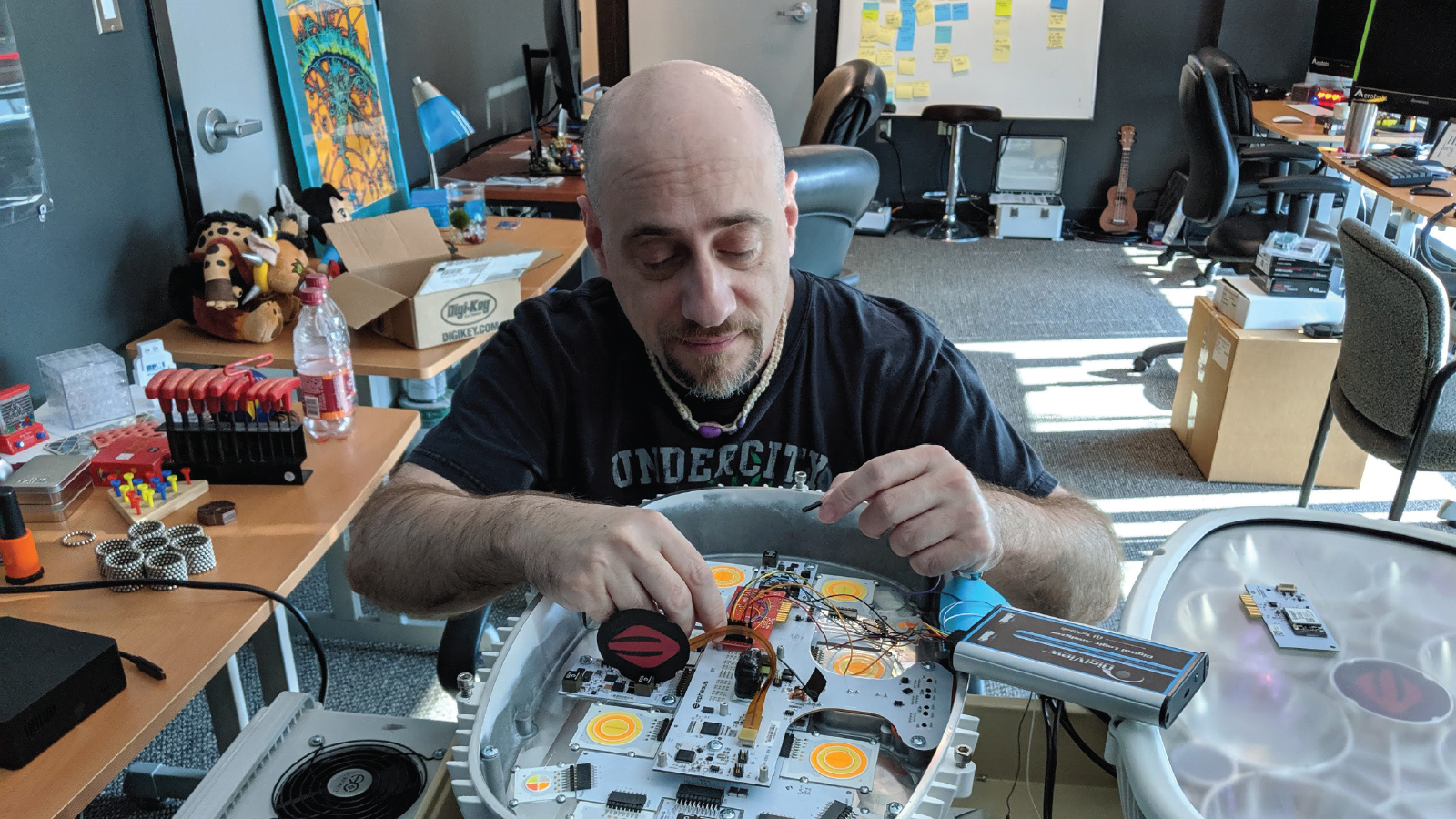Making Sense of Science and Religion: Strategies for the Classroom and Beyond
Designed for teachers at all grade levels, the book will help you anticipate and respond to students’ questions—and help students reconcile their religious beliefs even as you delve into topics such as evolution, geochronology, genetics, the origin of the universe, and climate change.
Designed for teachers at all grade levels, the book will help you anticipate and respond to students’ questions—and help students reconcile their religious beliefs even as you delve into topics such as evolution, geochronology, genetics, the origin of the universe, and climate change.




